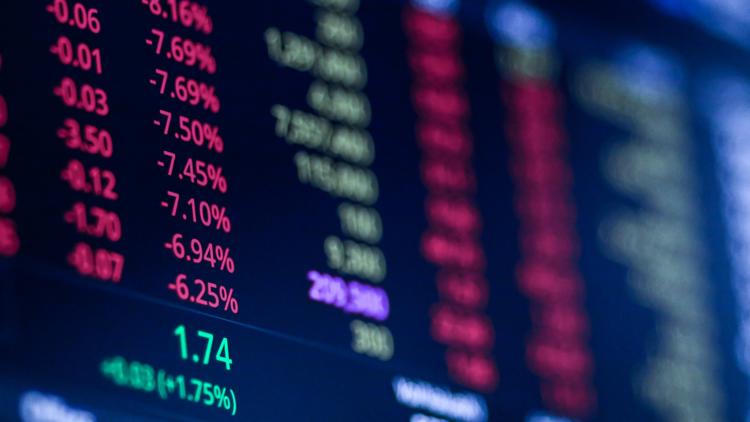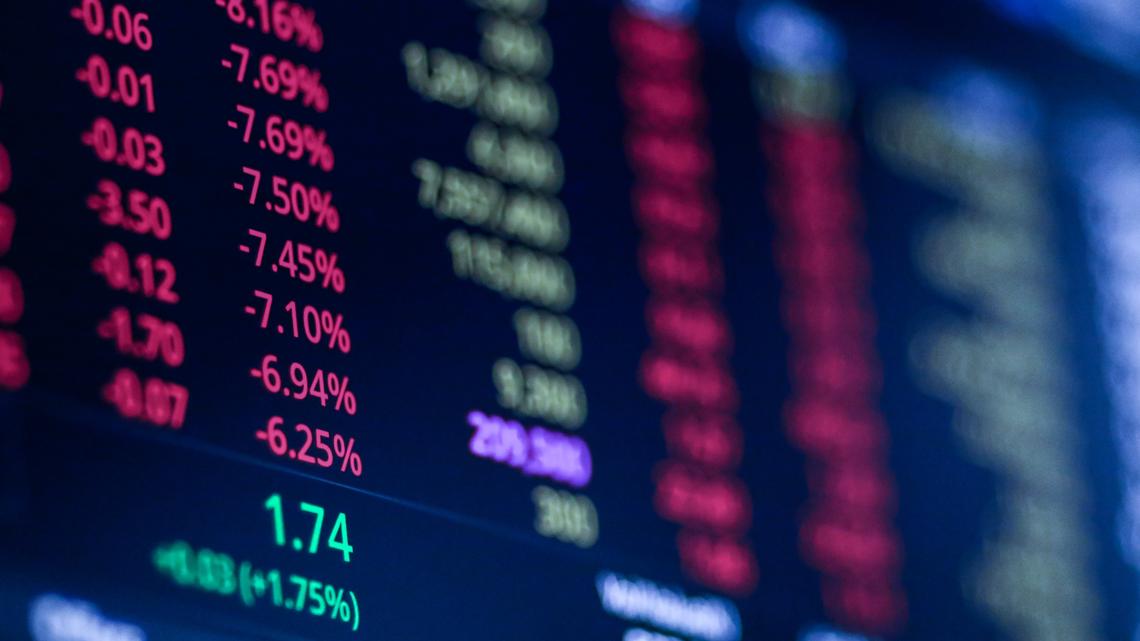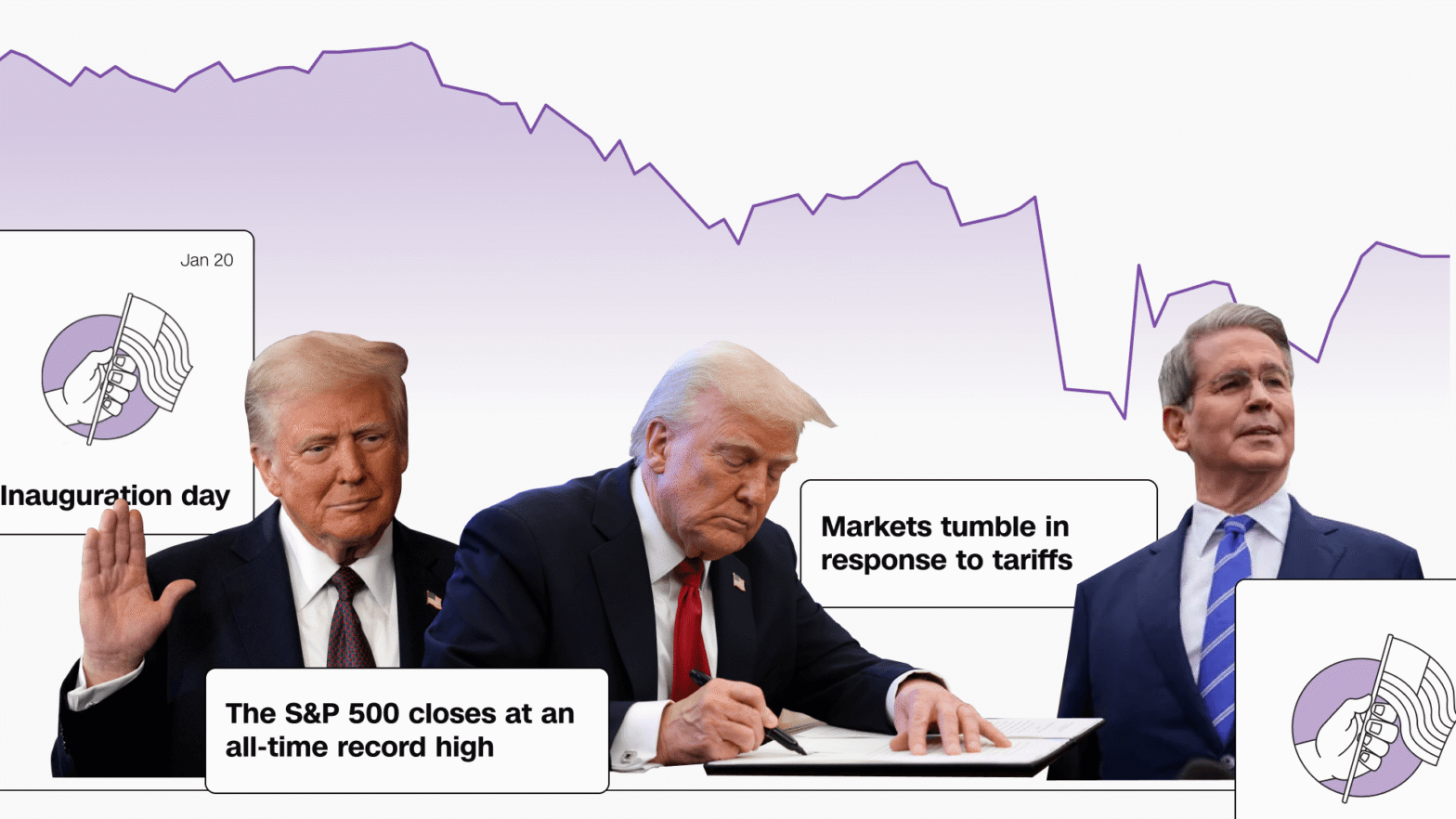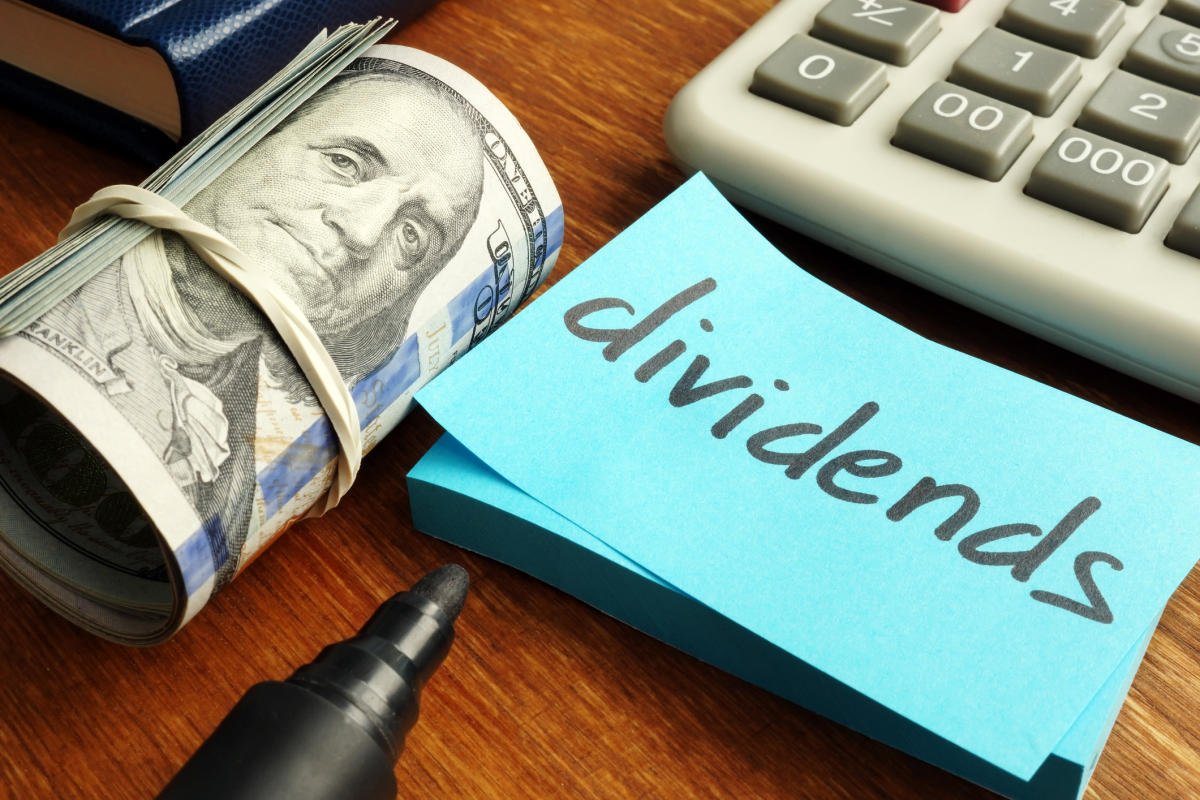The stock market experienced the fifth largest two-day percentage decline in history earlier this month. What’s that mean for your investments?


LOUISVILLE, Ky. — President Donald Trump’s recent tariffs have created some uncertainty in the stock market and have left many Americans wondering what they should do when it comes to their own personal finances.
Scott Richardson, president and certified financial planner of Commonwealth Capital Management in Louisville, has been working in finance for 42 years, since 1983. He sat down with an interview with WHAS11 News to lend some wisdom and advice in this tumultuous time.
Richardson began by saying while there is nothing as intense as the present, it’s important to keep things in perspective when it comes to the stock market.
“It always seems like this is the end of the world when these things are happening, but when you go through it and start learning about history, as the market is concerned, you say, ‘nothing has really changed,'” Richardson said.
On April 3-4 of this year, the stock market experienced the fifth largest two-day percentage decline in history, with the S&P 500 losing 10.5 percent of its value.
Despite the initial panic this caused, drops similar to this one have happened several times throughout history, including in 2020 during the pandemic when the Dow Jones fell 12.9 percent in just one day.
But history shows there is always light at the end of the tunnel. In every single instance when the S&P 500 dropped 9 percent over a two-day period, there were eventually significant gains over the next year, three years and five years.
Richardson said he wouldn’t recommend selling off your investments based on this drop in the stock market.
“If it’s not the tariffs, it’s going to be something else,” Richardson explained. “If you get spooked, I think that it’s not going to be to your advantage if you bail just based upon the numbers.”
Richardson maintained that while there are low and high periods when it comes to the stock market, it is best to keep some money invested if you can. And history proves this point time and time again.
If you put $10,000 into the market in January 2004 and kept it in there for 20 years, by 2024 that account would have grown to $63,000, which is about a 9.6 percent return, Richardson explained. In some ways, cashing out is even more of a risk than leaving your money in.
“I think there’s more of a risk because then all of a sudden, the market pops up again. Then they go, ‘oh dang it, I missed it. I’m just going to wait for another downturn.’ Pops up again, pops up again. I can’t tell you the amount of clients that I’ve had that have waited themselves out of a bull market. So I’m not saying that’s what we’re going to have right at this particular moment, but I I know what human nature does, and it’s really no different,” he said.
Richardson recalled a client who insisted on pulling his money out of the market when Wall Street was at its lowest this year during the initial worldwide Trump tariff announcement.
“We actually have a client that the day before the market took off, they said, ‘I can’t take it anymore.’ We’ve already tried to talking him off the cliff twice before. ‘I don’t care what you say, I want everything in the cash.’ We respected them, we put it all into cash and the next day, the market did what the market does,” Richardson said.
In conclusion, Richardson suggests people try to continue investing an amount that makes sense for them into their 401(k)s, retirement accounts and other financial accounts, despite the seemingly tumultuous stock market.
“For me, it’s not that I’m numb to what is going on right now, but when you have been doing this as long as I have, over 15,000 days, you do put things a little bit more in perspective and hopefully I could be more of a calming voice to my clients,” Richardson said.














